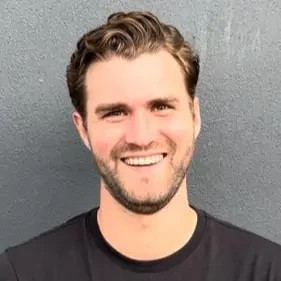When giving a chart or table, after digesting the information, should I directly jump into “insights” and “next step”? Should I actually start with briefing the “facts” (i.e. size, trend, pattern, axis, etc)?
Some coaches said it is better to directly start from sharing insights, as interviewers know the “fact” already. On the other hand, other coaches said its better to go through the “facts” first, to synchronize the understanding of the information with the interviewer.
Could you please provide some thoughts on this? Thanks!












